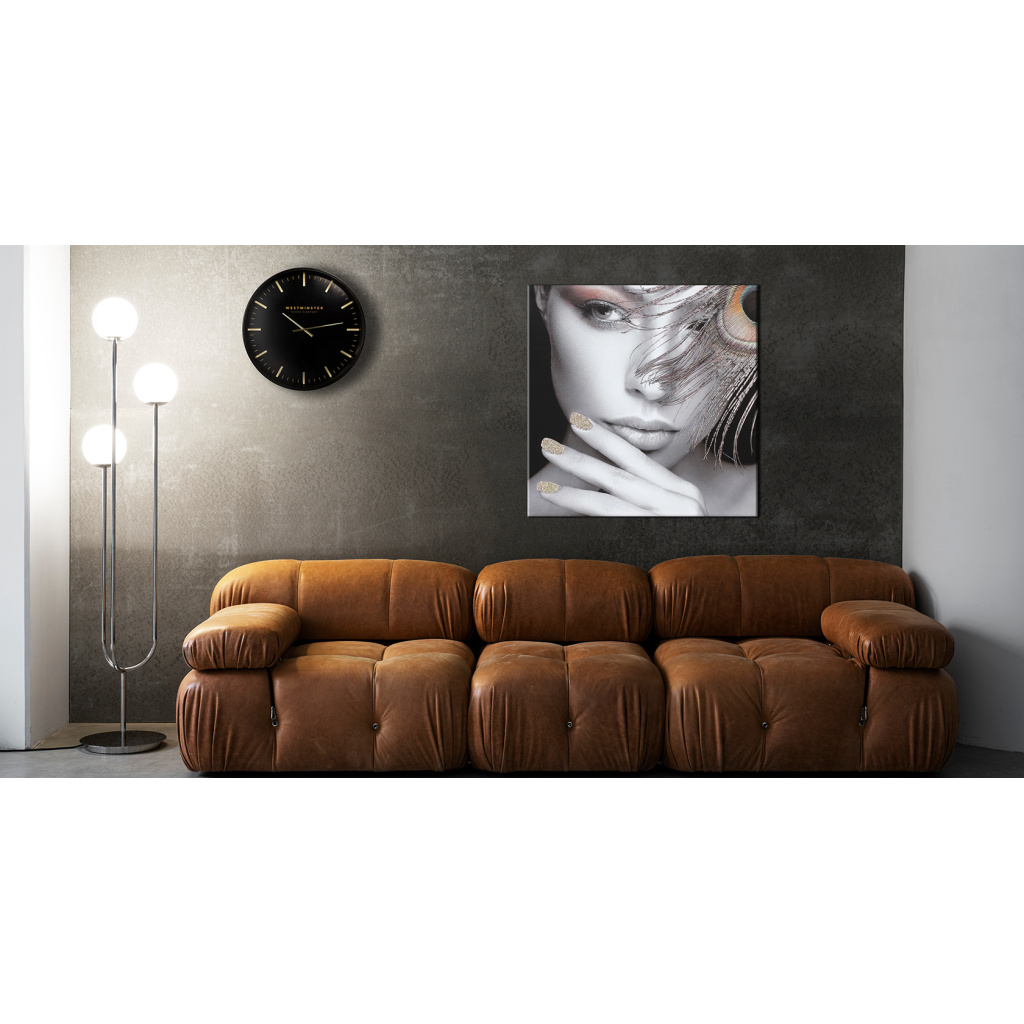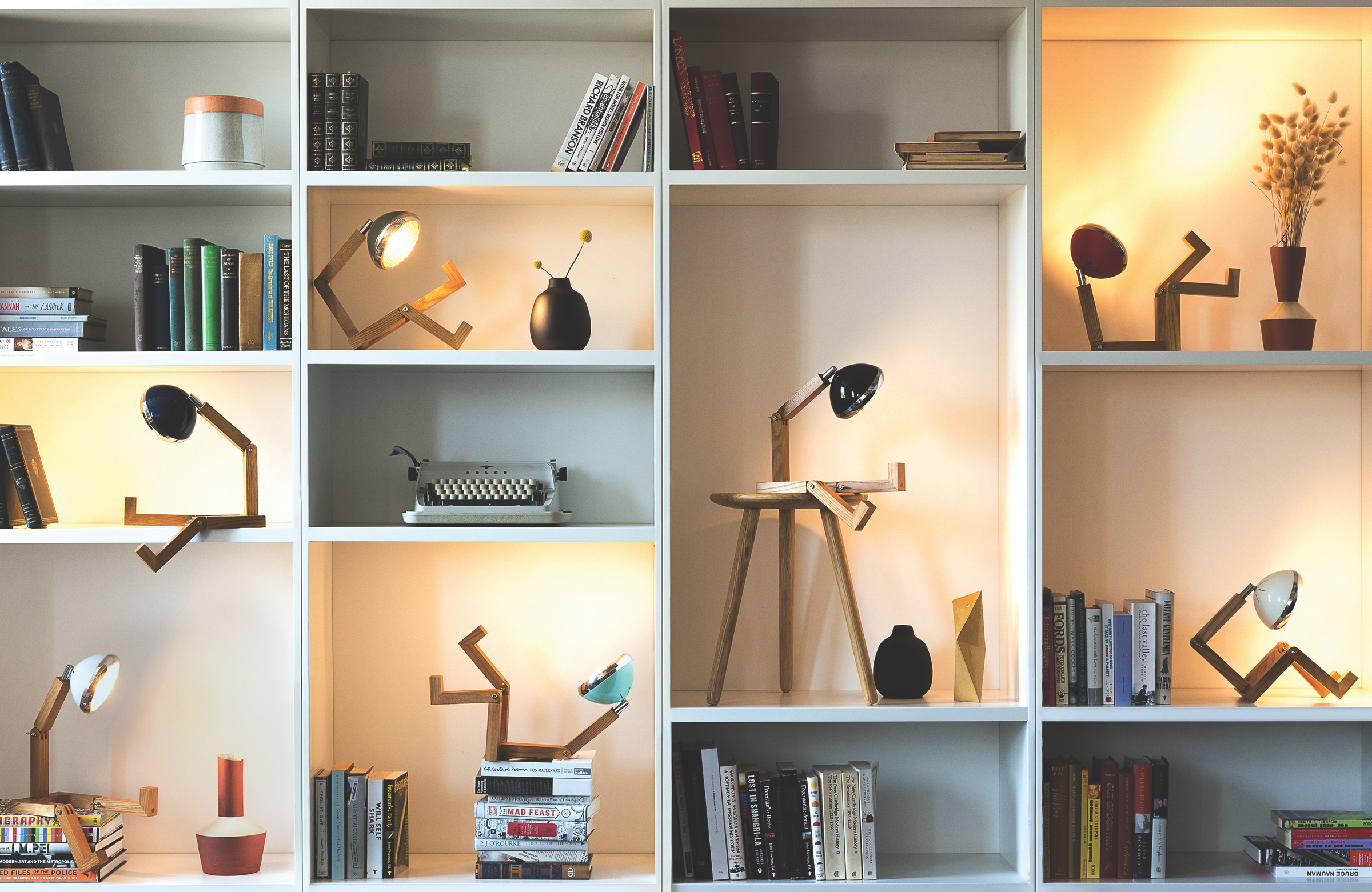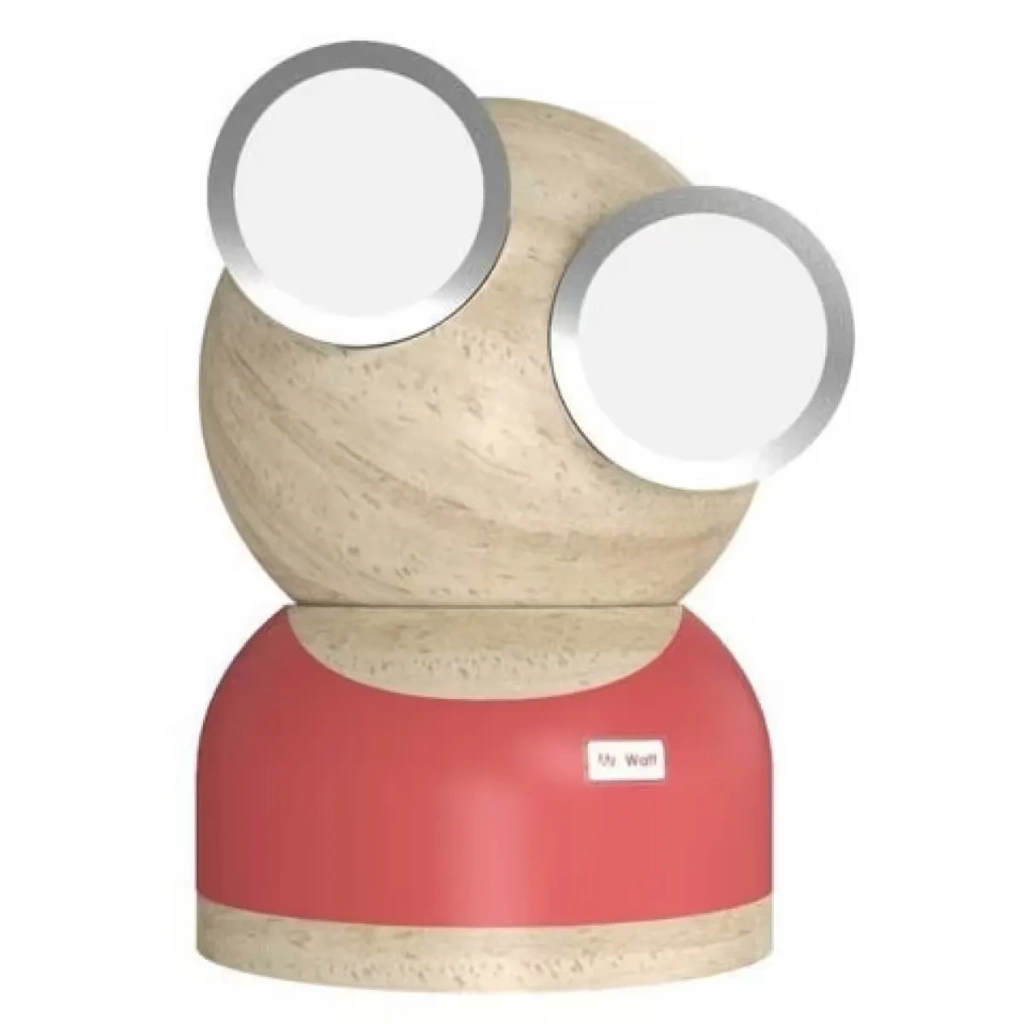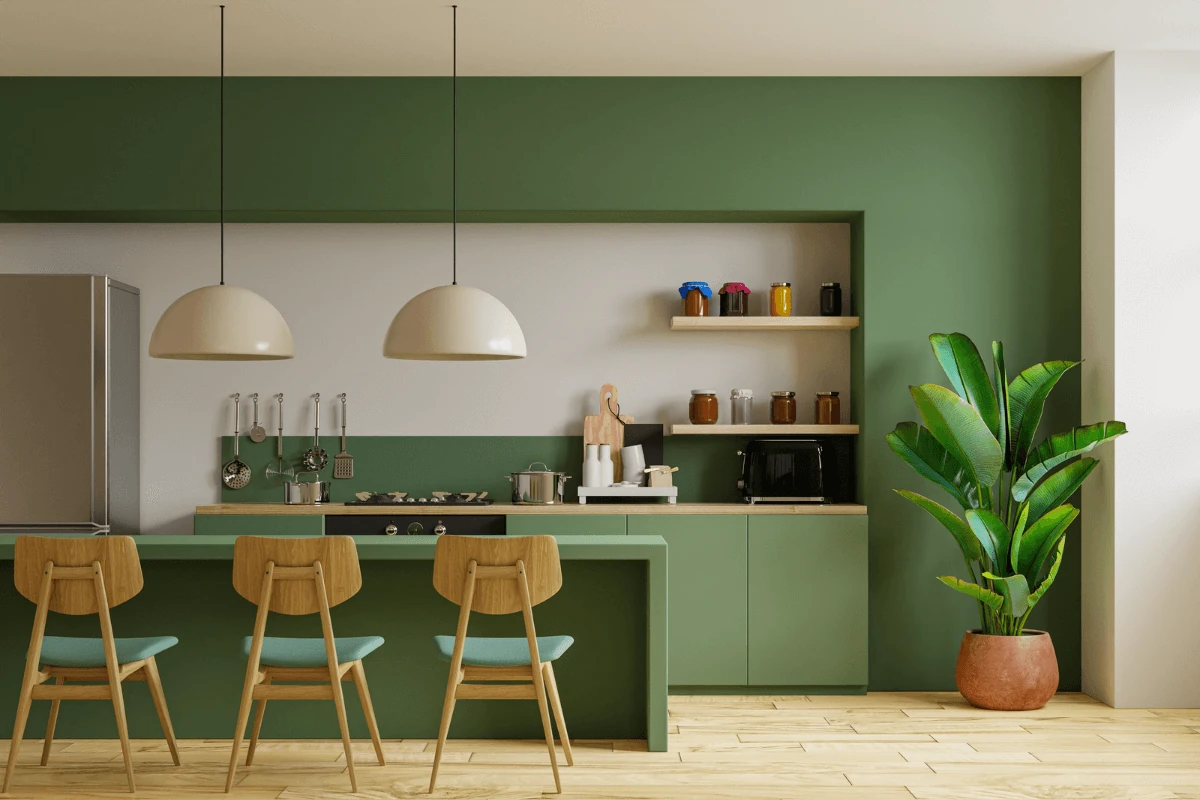Le tendenze dell’interior design: colori, materiali e stili.
Le tendenze dell’interior design sono in continua evoluzione e ogni anno porta con sé nuovi stili che influenzano il modo in cui arrediamo i nostri spazi. Il 2025 non fa eccezione, proponendo un mix di eleganza, sostenibilità e innovazione. Scopriamo insieme i colori, i materiali e gli stili che domineranno quest’anno e come integrarli nella tua casa con soluzioni di design uniche.
Colori di tendenza nel 2025
Il colore è un elemento fondamentale nell’arredamento, capace di influenzare l’atmosfera di un ambiente. Per il 2025, vediamo un ritorno a tonalità naturali e rilassanti, accompagnate da accenti audaci:
- Verde salvia e terracotta: evocano un senso di calma e connessione con la natura.
- Blu profondo e petrolio: perfetti per creare ambienti eleganti e sofisticati.
- Neutri caldi come beige e sabbia: ideali per spazi minimalisti e accoglienti.
- Accenti dorati e bronzo: per aggiungere un tocco di lusso senza eccessi.
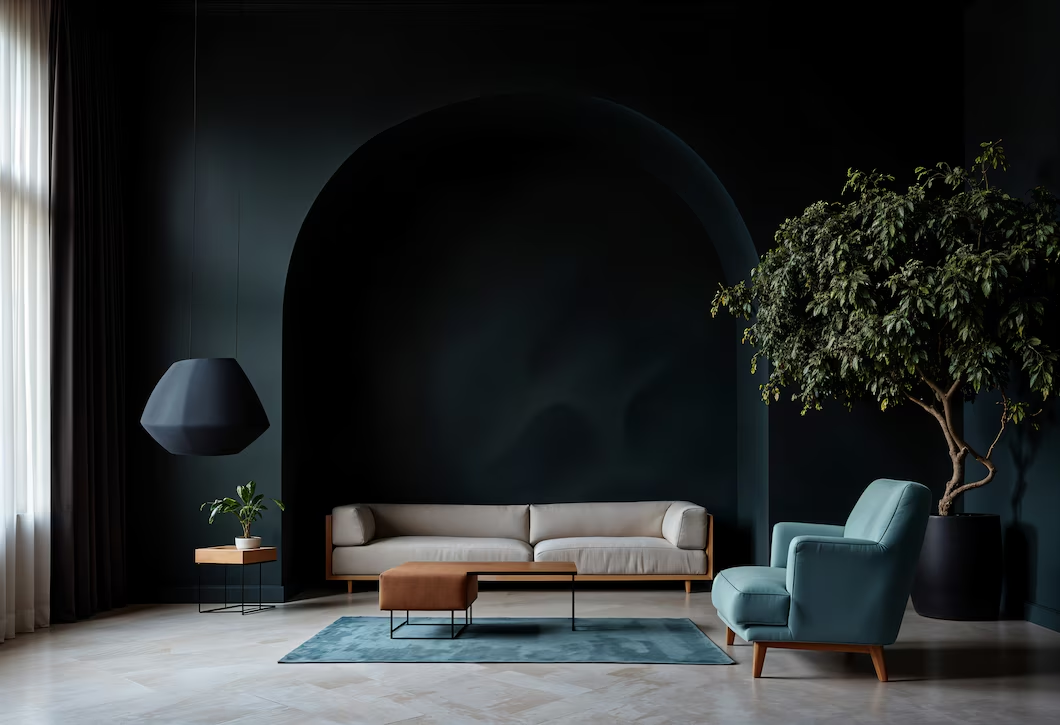

Materiali innovativi e sostenibili
La sostenibilità è sempre più al centro del design d’interni. Ecco alcuni materiali protagonisti del 2025:
- Legno riciclato e non trattato: per un look naturale ed eco-friendly.
- Vetro e metalli riciclati: utilizzati per complementi d’arredo e dettagli decorativi.
- Tessuti organici: cotone biologico, lino e lana per arredi morbidi e sostenibili.
- Resine e ceramiche artigianali: perfette per elementi decorativi dal design unico.

Stili dominanti nel 2025
Gli stili più apprezzati nel 2025 combinano estetica e funzionalità:
- Japandi: fusione tra stile giapponese e scandinavo, caratterizzato da linee pulite, materiali naturali e colori neutri.
- Minimalismo caldo: meno e meglio, con ambienti essenziali ma accoglienti grazie all’uso di tonalità calde e texture avvolgenti.
- Industrial soft: una versione più delicata dello stile industriale, con metalli bruniti, legno scuro e dettagli vintage.
- Boho chic moderno: un mix di colori vivaci, tessuti naturali e oggetti artigianali, per un look eclettico e personalizzato.
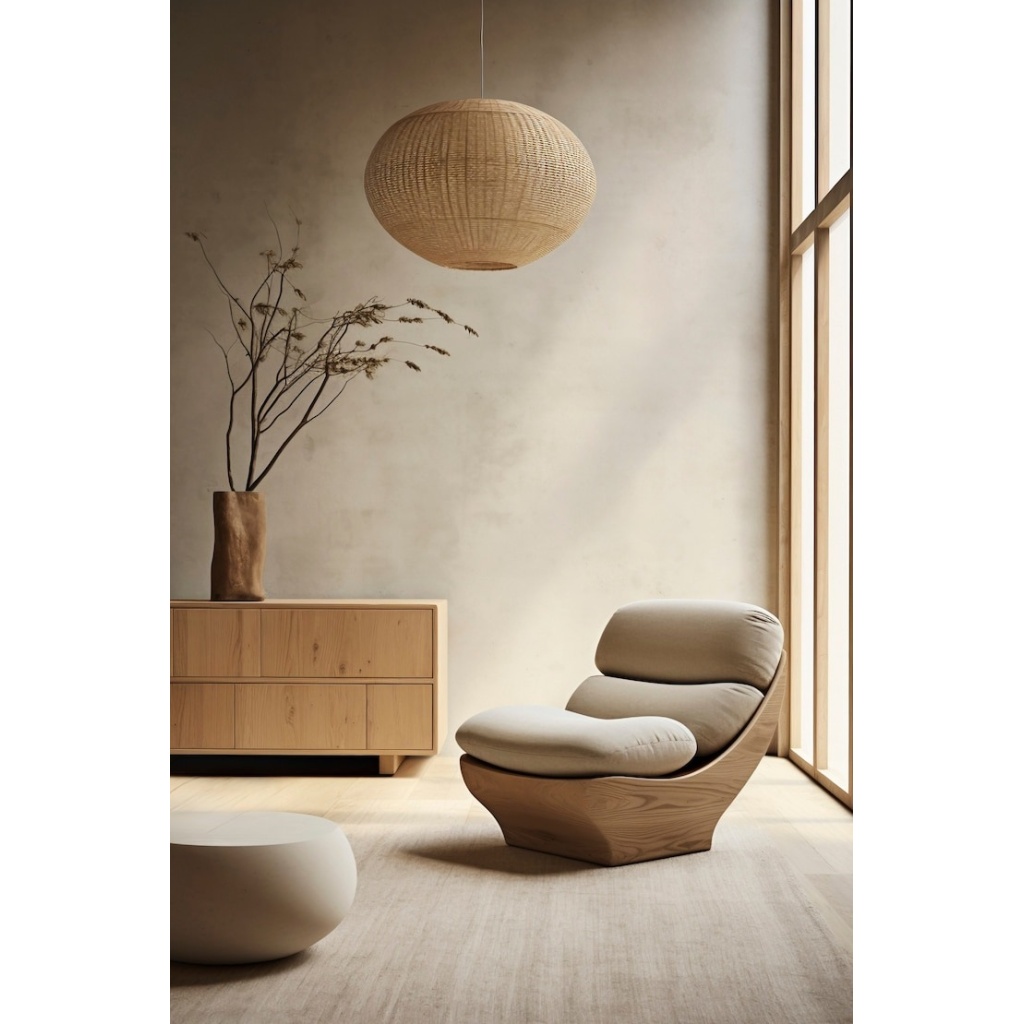
Come integrare le tendenze nella tua casa
Vuoi dare un tocco trendy alla tua casa senza stravolgerla? Ecco alcuni consigli pratici con i materiali e i prodotti che trovi su Wdesign:
- Aggiungi elementi in vetro riciclato o metallo dorato, come i nostri vasi e complementi decorativi, per un tocco raffinato.
- Sostituisci i vecchi complementi con lampade in legno naturale o resina, per un’illuminazione accogliente e di design.
- Usa tessili come cuscini e tappeti in colori neutri con dettagli audaci, perfetti per dare carattere agli ambienti.
- Incorpora elementi artigianali e fatti a mano, come gli orologi e gli svuotatasche disponibili su Wdesign, per un tocco unico e personalizzato.
Le tendenze del 2025 puntano su un equilibrio tra eleganza, comfort e sostenibilità. Che tu preferisca uno stile minimalista, industriale o boho, ci sono infinite possibilità per trasformare i tuoi spazi. Scopri su Wdesign le ultime novità di design e lasciati ispirare per rinnovare la tua casa con gusto!
